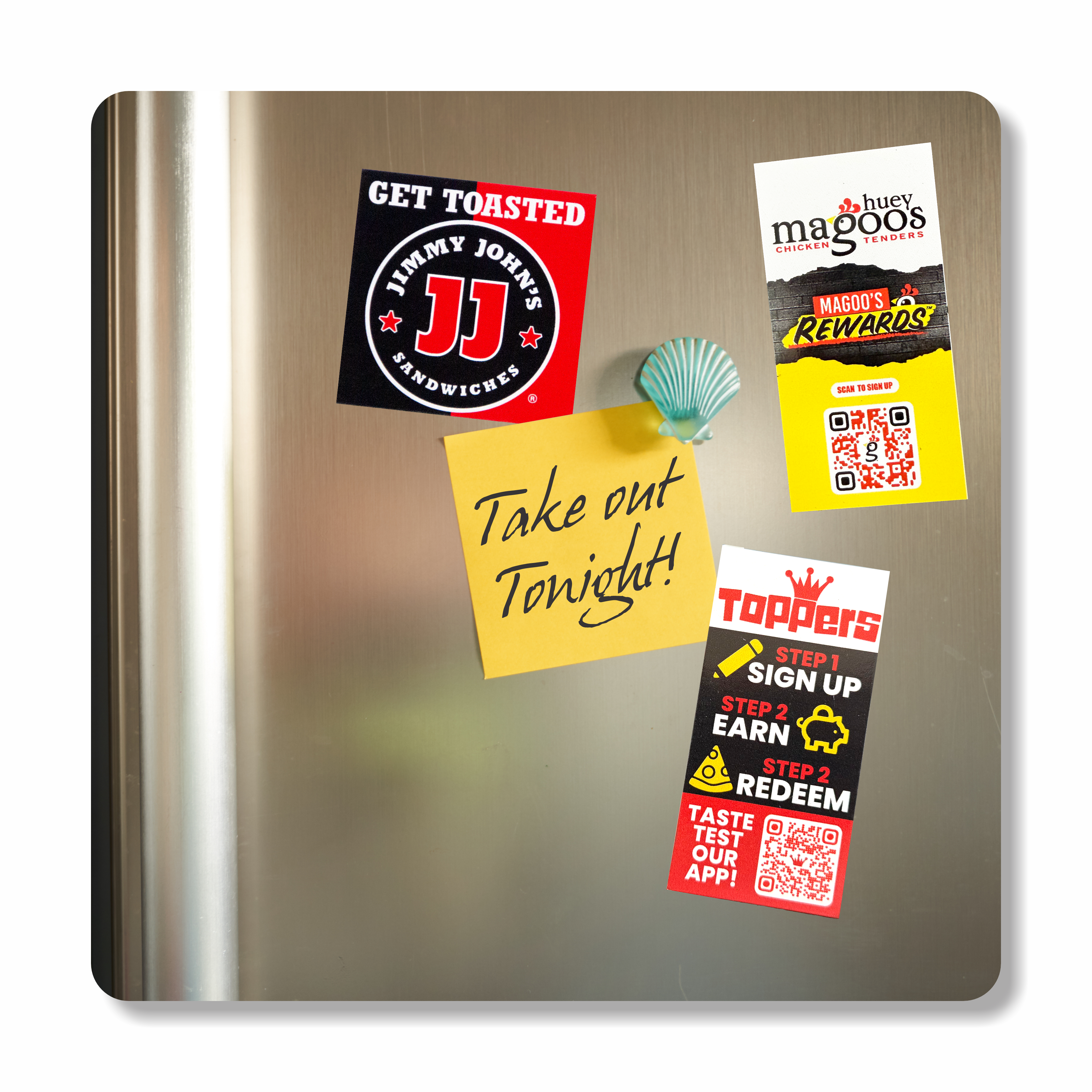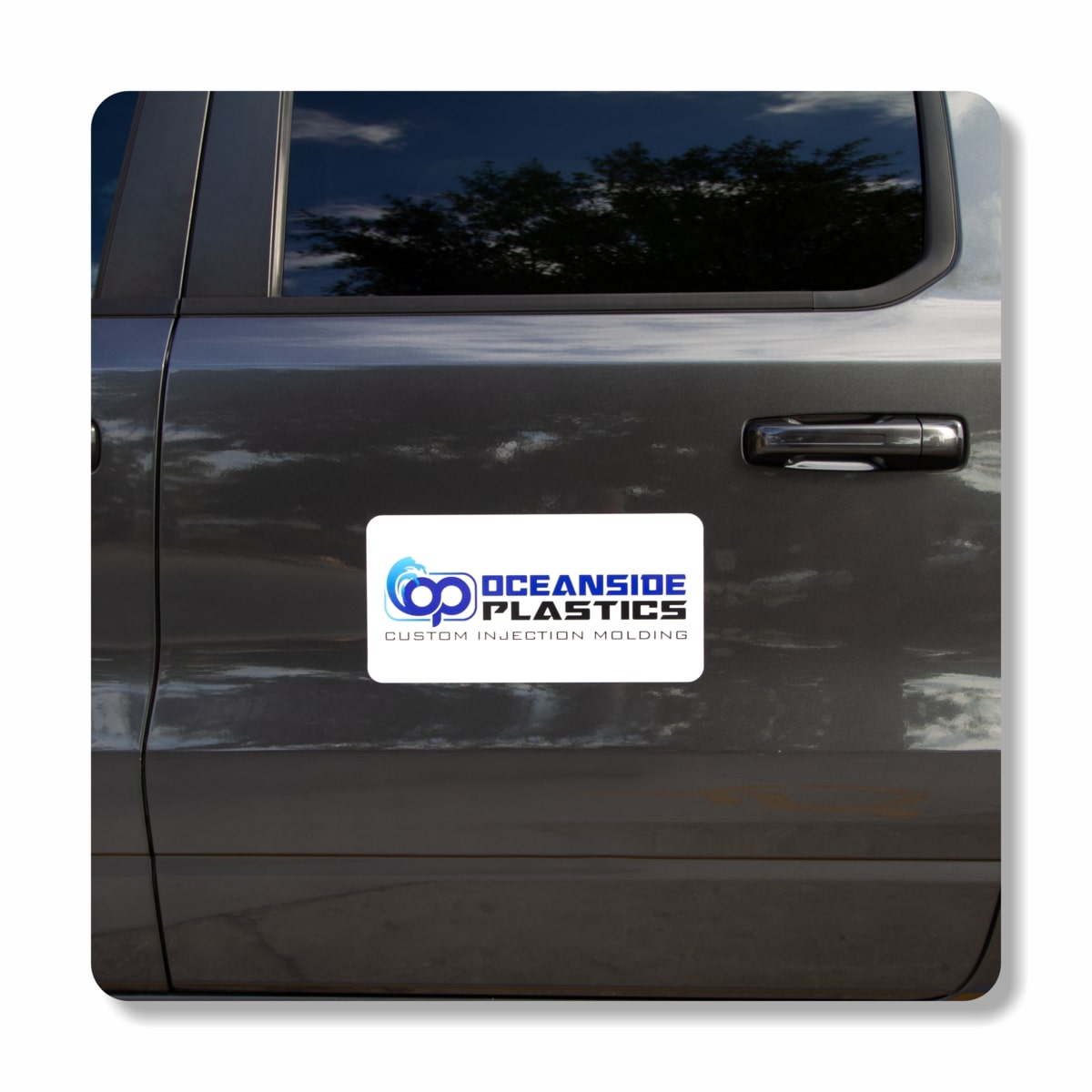
What Size Magnet Is Best for Your Refrigerator?
Refrigerator magnets serve more than just a decorative purpose. From holding shopping lists and family photos to serving as souvenirs and branding tools, magnets have become a common household staple. But not all fridge magnets are created equal. Choosing the right size magnet for your refrigerator is not just about aesthetics — it’s about functionality, safety, and long-term usability.
In this guide, we'll explore what size magnet is best for your refrigerator, including considerations such as magnet strength, material, shape, surface compatibility, and user needs.
1. Why Magnet Size Matters
At first glance, it might seem like any magnet that sticks to your fridge will do the job. However, magnet size directly impacts:
-
Holding power: Larger magnets generally have a greater surface area and can support heavier items.
-
Aesthetic fit: Oversized or undersized magnets can appear awkward or disrupt the overall look of your kitchen.
-
Safety: Especially in homes with children or pets, smaller magnets can be a choking hazard if they detach.
Choosing the right size means finding a balance between strength, safety, and design.
2. Ideal Magnet Sizes For Fridge Use
Magnets come in a variety of sizes, typically measured in millimeters or inches. Here’s a breakdown of commonly used fridge magnet sizes:
|
Magnet Size |
Best Use Case |
|
10-15 mm (0.4-0.6 in) |
Decorative magnets, small lightweight photos |
|
20-30 mm (0.8-1.2 in) |
Standard fridge use — photos, notes, kids’ artwork |
|
40-60 mm (1.6-2.4 in) |
Holding multiple papers or heavier cards |
|
70+ mm (2.7+ in) |
Novelty items, magnetic clips, branding, souvenirs |
Note: While size is important, the type of magnet and its pull force also greatly affect its performance.
3. Types Of Magnets And Their Strength
Not all magnets are made from the same material. The strength and ideal usage also depend on magnet type:
-
Neodymium Magnets: These rare-earth magnets are extremely powerful, even in small sizes. A 10 mm neodymium magnet can be stronger than a 40 mm ferrite magnet.
-
Ceramic (Ferrite) Magnets: Less expensive and commonly used for souvenir and decorative fridge magnets. They are bulkier and less powerful than neodymium magnets.
-
Flexible Rubber Magnets: Often used for promotional magnets and photo frames. They are weak in strength but suitable for lightweight applications.
So, if you're choosing a smaller size, opt for neodymium to ensure a strong hold.
4. Consider The Surface Of Your Refrigerator
Modern refrigerators are not all made from the same materials. While most traditional fridges are magnet-friendly (metal doors), many new models are stainless steel — and not all stainless steels are magnetic.
Before purchasing magnets:
-
Test with a small magnet to ensure the fridge door can hold magnets.
-
Consider magnetic whiteboards or adhesive metal sheets if your fridge isn't magnet-compatible.
5. Functionality Over Form
When selecting a magnet size, first identify what it needs to hold:
Lightweight Use (e.g., Photos, Notes):
-
Size: 10-20 mm
-
Type: Rubber or small neodymium
-
Strength: Light to medium
Medium Duty (e.g., Multiple Papers, Cards):
-
Size: 20-40 mm
-
Type: Ceramic or neodymium
-
Strength: Medium
Heavy Duty (e.g., Booklets, Calendars):
-
Size: 40-70+ mm
-
Type: Strong neodymium
-
Strength: High
Magnets should be slightly larger and stronger than your exact needs to avoid slippage.
6. Magnet Shape And Design Considerations
Shape plays a critical role in how well a magnet adheres to a surface:
-
Disc magnets: Offer even contact and strong hold.
-
Bar magnets: Better for long notes or photos.
-
Custom shapes: Great for branding or design, but may reduce surface contact and strength.
Also, make sure the back of the magnet is flat. Curved or textured bases reduce the contact area, which weakens holding strength.
7. Decorative Vs Functional Magnets
Decorative magnets (like souvenirs or cartoon figures) often prioritize appearance over function. They may have small or weak magnetic bases. If you want them to do more than just look good:
-
Choose those with larger bases.
-
Replace their backing with neodymium discs or strong adhesive magnets.
Functional magnets like clips, hooks, and calendar holders, on the other hand, need to have higher pull force. For these, larger sizes (30-70 mm) and stronger materials are ideal.
8. Safety Tips When Choosing Magnet Sizes
-
Avoid small, loose magnets around children and pets. Swallowing magnets can lead to serious injuries.
-
Use rubber-coated magnets to prevent scratching your refrigerator surface.
-
Choose easy-grip designs (especially for seniors or people with arthritis) — size here aids in usability, not just strength.
9. DIY Magnet Projects — What Size To Choose?
If you're planning to make your own fridge magnets:
-
For photos: Use 20-30 mm disc magnets.
-
For crafts: Pair magnet sheets or buttons with lightweight materials.
-
For chalkboards or boards: Use stronger neodymium magnets in the 10-15 mm range.
Ensure the magnet size is appropriate for the weight of the item you’re attaching.
Final Thoughts:
So, what size magnet is best for your refrigerator? It depends on the purpose, magnet strength, and aesthetic preferences. Here’s a quick summary:
-
10-15 mm: For lightweight items, only if the magnet is strong (neodymium).
-
20-30 mm: Ideal for most common fridge needs.
-
40-60+ mm: Best for heavy-duty holding or large decorative pieces.
If you’re unsure, start with a few medium-sized neodymium magnets (around 20-25 mm) — they strike the perfect balance of strength, safety, and versatility.
10 Frequently Asked Questions (FAQs)
1. Can fridge magnets damage the refrigerator?
Not usually. However, strong magnets with hard edges or those without rubber backing can scratch or dent stainless steel surfaces.
2. What is the best magnet strength for holding paper in the fridge?
A pull force of 1-2 pounds (0.45-0.9 kg) is enough for regular paper. Choose medium neodymium or larger ferrite magnets.
3. Can I use any magnet on a stainless steel refrigerator?
Not all stainless steel is magnetic. Test first. If it doesn't stick, consider using magnetic boards or adhesive hooks.
4. Is a bigger magnet always stronger?
Not necessarily. A small neodymium magnet can be stronger than a large ferrite magnet.
5. What size magnet is best for a magnetic photo frame?
Use 20-30 mm disc magnets or magnetic sheets for a secure, seamless hold.
6. How many magnets can I safely use on my refrigerator?
As many as you want, provided the weight doesn't damage the door or affect the hinges.
7. Are there magnets safe for kids to play with on the fridge?
Yes, but they should be large, non-detachable, and enclosed to prevent choking or ingestion.
8. Can magnets interfere with fridge operation or electronics?
Regular fridge magnets won't cause interference. Only extremely powerful magnets in direct contact with sensors could pose a risk.
9. How do I remove magnet stains or scratches from my fridge?
Use a soft cloth, baking soda paste, or non-abrasive cleaners. Avoid using strong solvents.
10. Where can I buy high-quality fridge magnets in custom sizes?
You can purchase high-quality fridge magnets in custom sizes directly from Carsigns, which specializes in customizable magnet products tailored to your needs.





